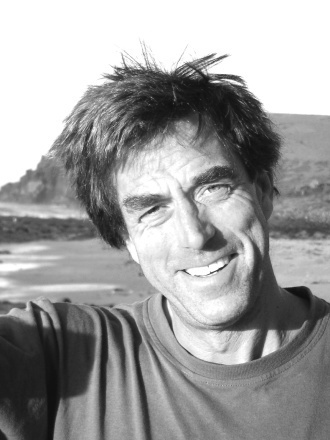What do you think?
Rate this book


In the tradition of The Lost City of Z and Skeleton in the Zahara, Astoria is the thrilling, true-adventure tale of the 1810 Astor Expedition, an epic, now forgotten, three-year journey to forge an American empire on the Pacific Coast. Peter Stark offers a harrowing saga in which a band of explorers battled nature, starvation, and madness to establish the first American settlement in the Pacific Northwest and opened up what would become the Oregon trail, permanently altering the nation's landscape and its global standing.
Six years after Lewis and Clark began their journey to the Pacific Northwest, two of the Eastern establishment's leading figures, John Jacob Astor and Thomas Jefferson, turned their sights to founding a colony akin to Jamestown on the West Coast and transforming the nation into a Pacific trading power. Author and correspondent for Outside magazine Peter Stark recreates this pivotal moment in American history for the first time for modern readers, drawing on original source material to tell the amazing true story of the Astor Expedition.
Unfolding over the course of three years, from 1810 to 1813, Astoria is a tale of high adventure and incredible hardship in the wilderness and at sea. Of the more than one hundred-forty members of the two advance parties that reached the West Coast—one crossing the Rockies, the other rounding Cape Horn—nearly half perished by violence. Others went mad. Within one year, the expedition successfully established Fort Astoria, a trading post on the Columbia River. Though the colony would be short-lived, it opened provincial American eyes to the potential of the Western coast and its founders helped blaze the Oregon Trail.
366 pages, Hardcover
First published March 4, 2014




The big Montreal freight canoes could be as long as 40 feet, yet made of lightweight birchbark, and capable of carrying three or four tons of supplies or furs, propelled by ten or twelve voyageurs.It is amazing how many times the Overland Party was assisted by Native Americans. But there were also plenty of locals who were not exactly happy to see them. How the Overland group interact with the natives they encounter is a significant element of the story. How they survived, (or didn’t) is the stuff of adventure yarns. How Hunt herded his pack of cats (and sometimes didn’t) is very impressive.

The three mountains were hailed by the travelers, Wilson Price Hunt, weighted by his Yankee reserve and need for geographic grounding in this unmapped wilderness, called them the Pilot Knobs. The buoyant French-Canadian voyageurs called the as they saw them, the Trois Tetons,--“the three breasts.”It’s the voyageurs’ name, which has stuck for these mountains that tower above today’s Jackson Hole, Wyoming.

Hunt carried in his bags a letter of credit from Astor that could buy virtually any of the world's goods - shiploads of silk, herds of horses, or warehouses of food. But Mr. Astor's money was worthless here. Hunt had traveled far beyond the known map of the world, beyond its linked networks of civilized amenities, beyond Astor's ablity to work the levers of control he operated from his headquarters in lower Manhattan, and had stumbed into this giant, unknown crack in the earth.Some 40 or more years ago I happened to spend the better part of a day in Astoria, Oregon. I wish I had known this history then. I think when you know the beginnings of a place you have an entirely different perspective. Another place briefly mentioned in this book is The Dalles, Oregon. In 1962, we crossed the Columbia in a ferry coming back south from the Seattle World's Fair. Again, I would have seen that place with different eyes.